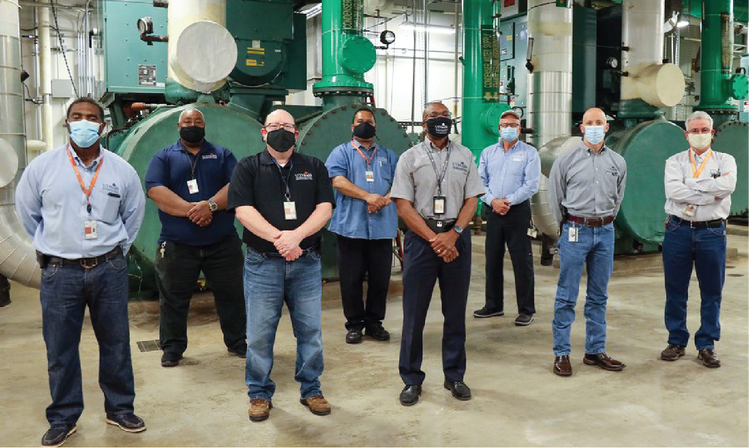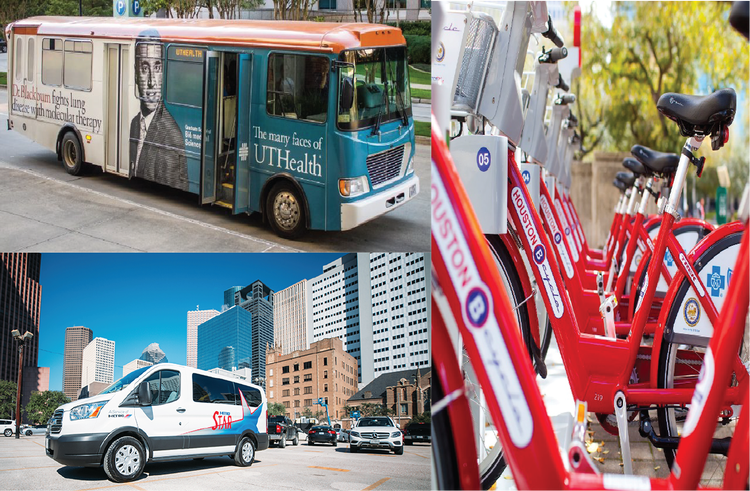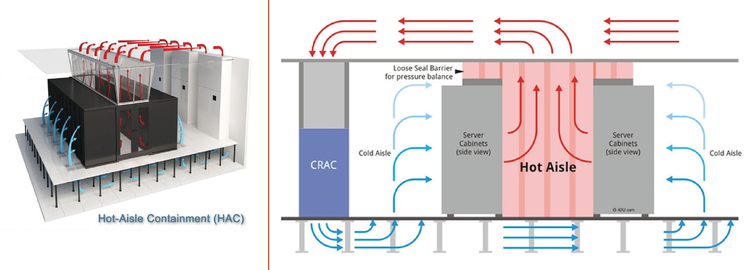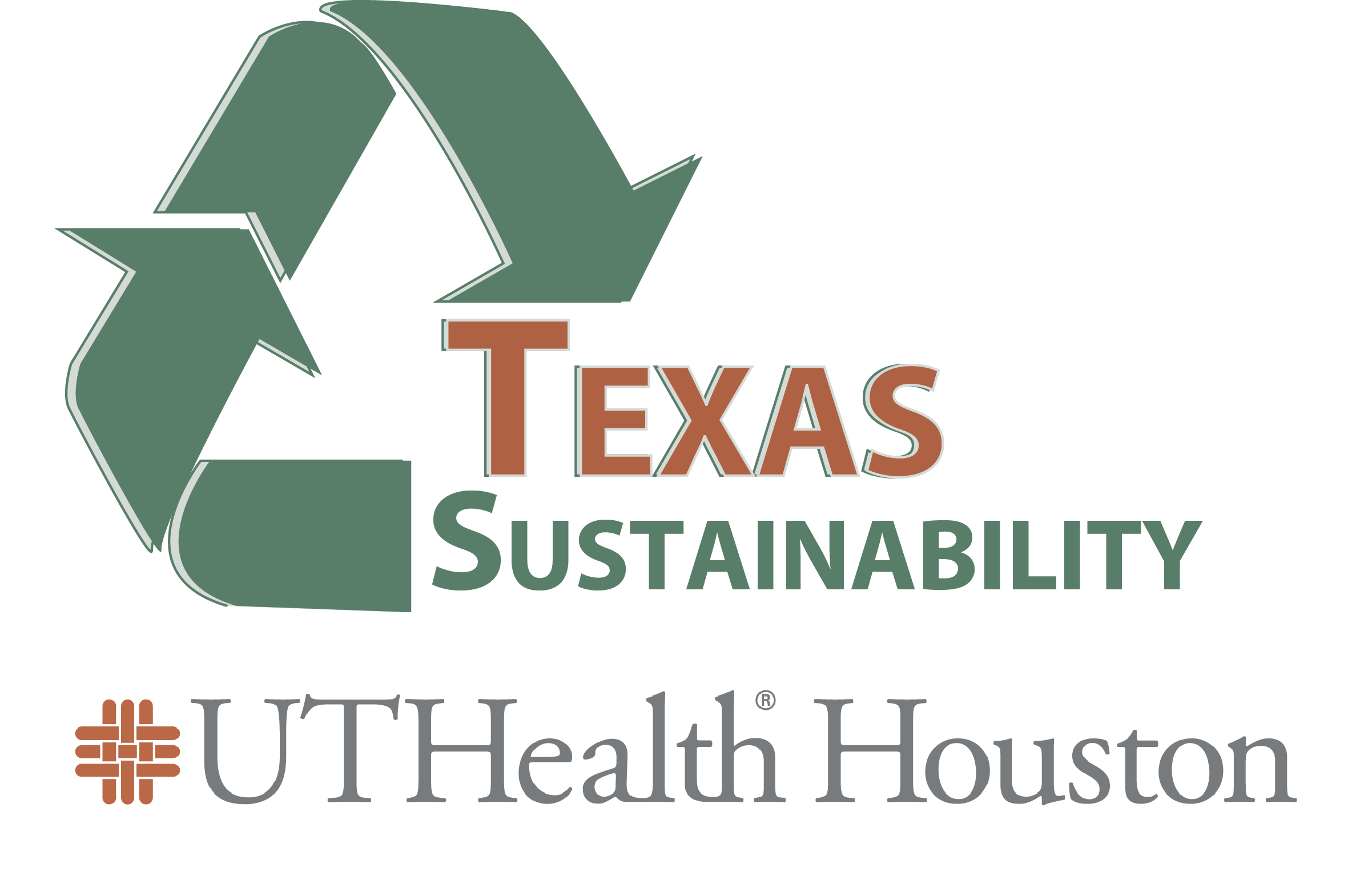
“Sustainable development seeks to meet the needs and aspirations of the present without compromising the ability to meet those of the future.”
– The 1987 United Nations Brundtland Commission Report
UTHealth Sustainability Presentation
The United Nations defines Sustainable Development as development that meets the needs of the present without compromising the ability of future generations to meet their own needs. It is a concerted effort to building toward building an inclusive, sustainable, and resilient future for people and the planet. At its core, there are 3 elements to sustainable development: economic growth, social inclusion, and environmental protection.
At UTHealth Houston, we have a number of stakeholder groups who are currently engaged in sustainability efforts across campus that help provide cost savings and minimize our impacts on the environment. These stakeholders include, but are not limited to:
Facilities, Planning, and Engineering (FPE)
Auxiliary Enterprises (AE)
Capital Assets Management (CAM)
Information Technology (IT)
Safety, Health, Environment & Risk Management (SHERM)
Below are some highlights of the sustainability efforts already in place across our campus. There are many more examples, and we encourage you to review the attached PowerPoint presentation for more information.
For anyone interested in the topic of sustainability here at UTHealth Houston, please contact EHS at 713 500 8100 with any questions, suggestions, or to obtain further information.
UTHealth Houston Sustainability Working Group
Next meeting TBD
Virtually via Webex
Contact EHS at 713 500 8100 for more information
School of Public Health's Holistic Garden
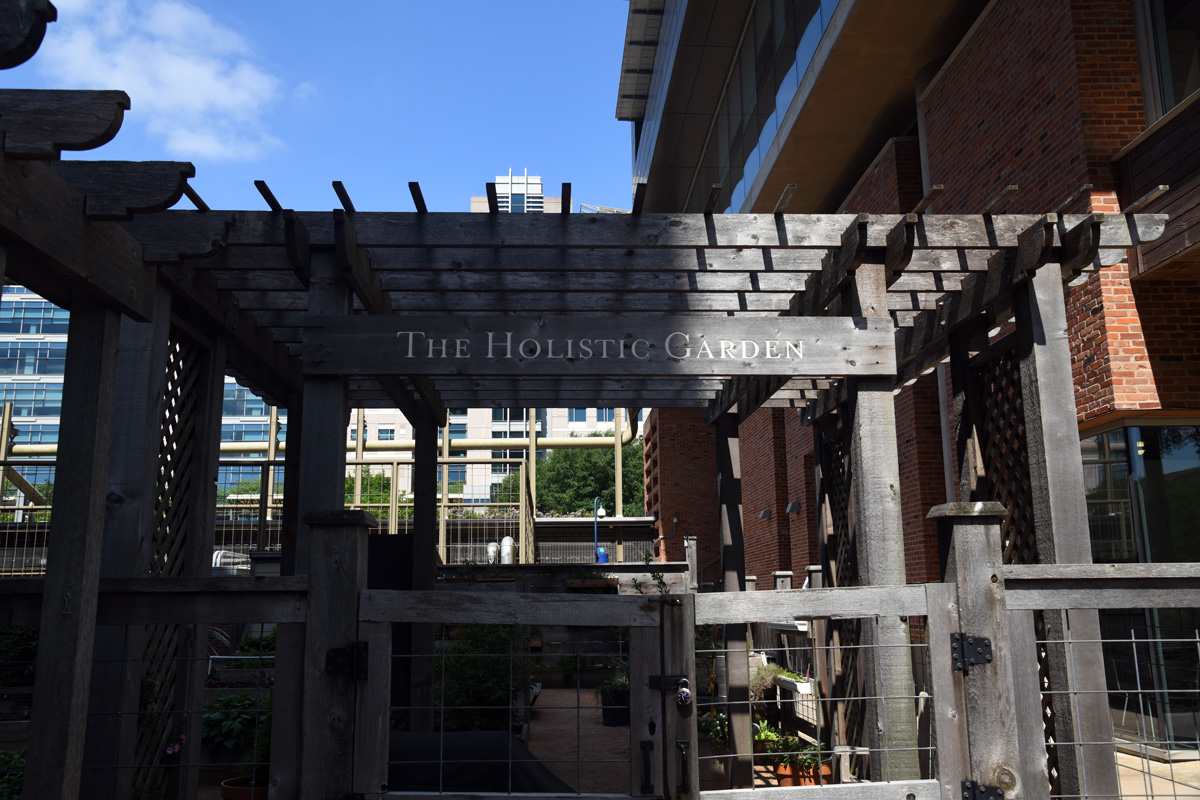
In 2014 the School of Public Health's Nourish Program built it's Holistic Garden in the green space that surrounds the facilities. The garden is part of the Nourish Program designed to bridge the gap for students to understand where food comes from and how to prepare it. Created by Laura S. Moore, the 4,000 sq. ft. garden produces vegetables, fruit and herbs.
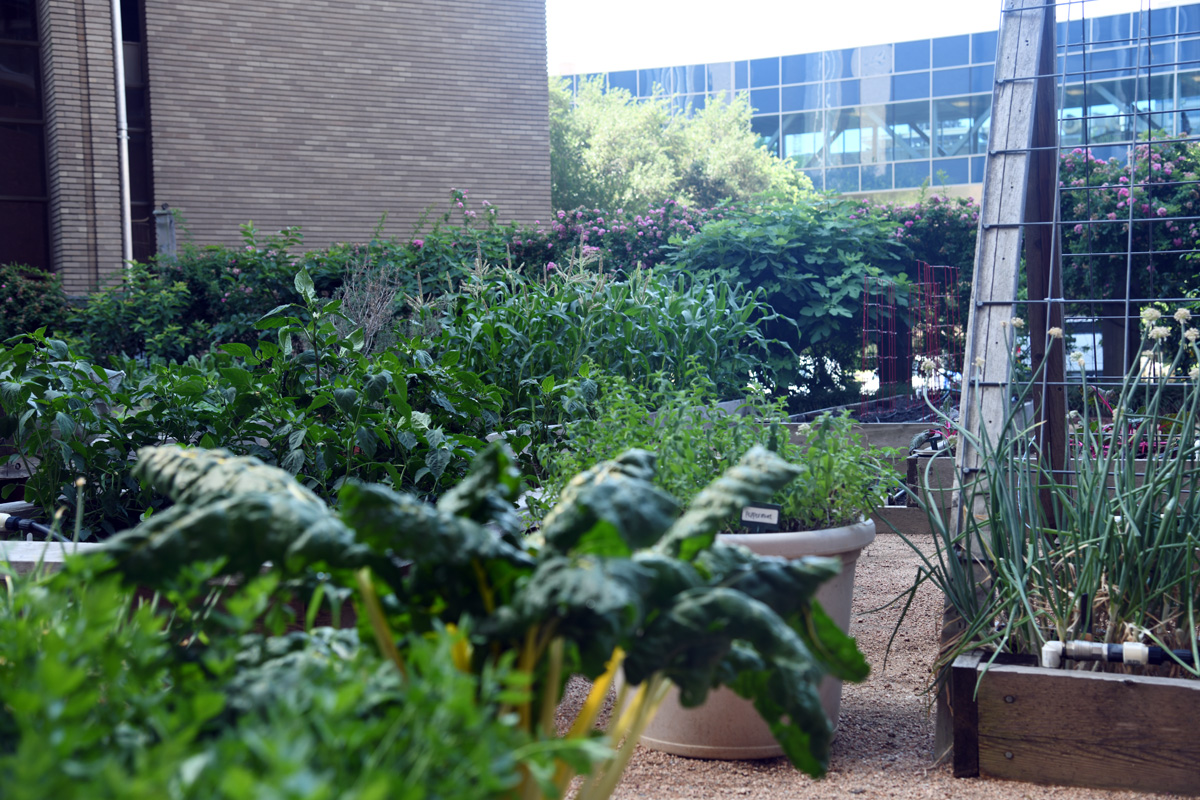
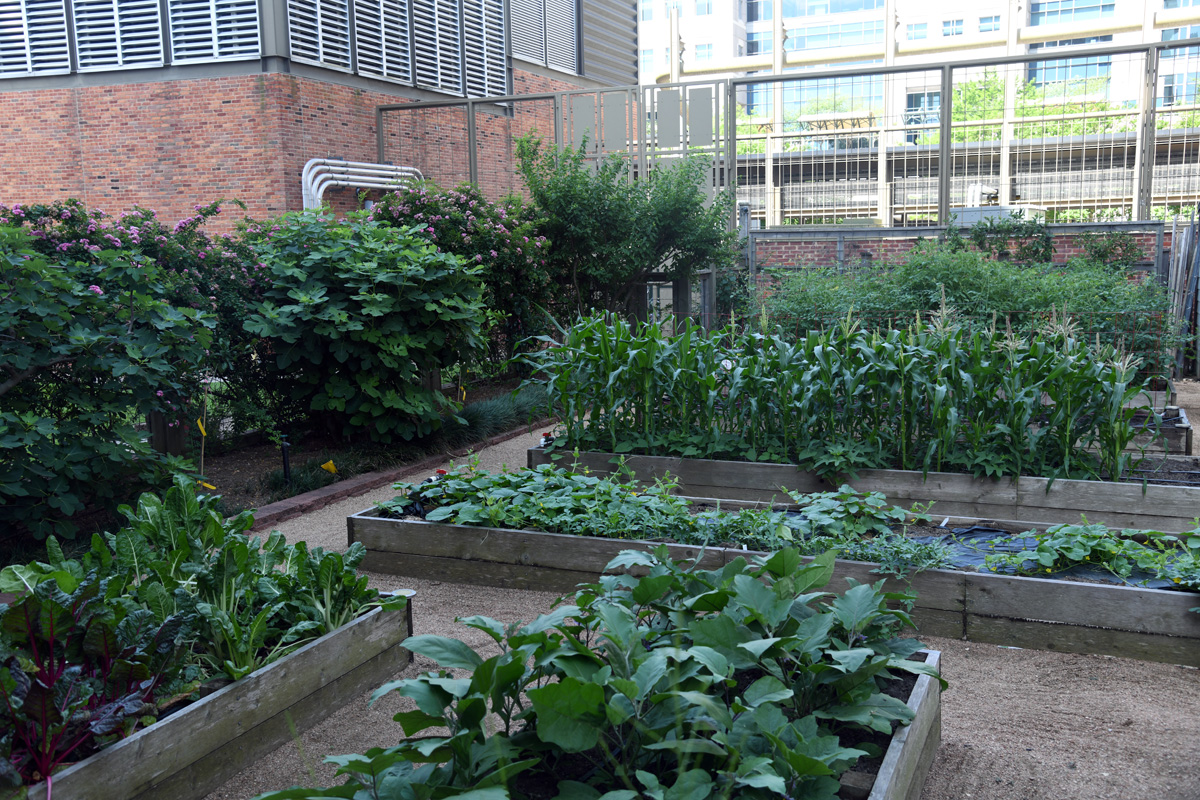
Student's in the Nourish program get a better understanding for food by getting their hands dirty and learning how produce grows from seed to harvestable food. To compliment the garden the Nourish program also has a kitchen classroom that takes the harvest from the garden to the kitchen. "You start in the garden, you move to the kitchen and make food taste good, then you talk to the patients about it," Moore said to Greg Morago of the Houston Chronicle.
"it's really important that you understand food, its nutritional properties and how to put it all together." -Laura S. Moore
Putting together the garden and kitchen classroom has led to the creation of a newly published cookbook, "How Good Food Works From Seed to Plate," written by Laura S. Moore, John Wesley McWhorter, and Joseph R. Novak. The cookbook has over a 100 healthy recipes with mouth watering photography done by noted food photographer Debora Smail.
How Good Food Works From Seed to Plate can be found on Amazon for $50.00 with proceeds supporting Nourish Program's community outreach for nutrition and culinary education.
Brian Yeoman
Former UTHealth Associate Vice President of Facilities
in memoriam (1950-2021)
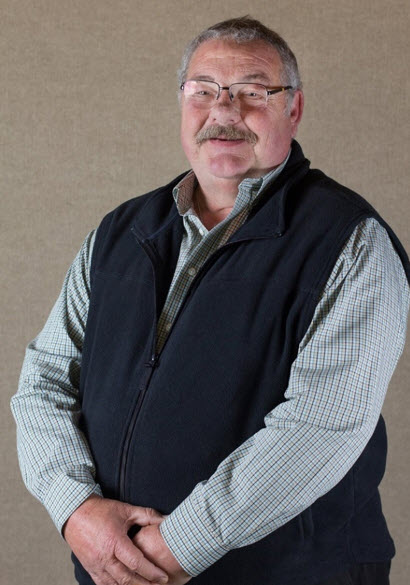
For 27 years Brian Yeoman was a charismatic, forward thinking pioneer in sustainable building at UTHealth Houston. Bringing his talents and expertise to Facilities, Planning, and Engineering from 1976 to 2003, he is known for bringing the first LEED Gold certified building to University of Texas System and is recognized as one of the top green academic buildings in the United States with the Cizik School of Nursing. Yeoman is also know for influencing aspects of The Fayez S. Sarofim Research building as well.
Adding to that legacy, Yeoman was on the forefront for establishing maintenance schedules to extend the life its equipment, using green chemicals when feasible, reducing utility costs, and looked for ways to reuse and reduce waste.
“Brian was on the forefront of many practices that are commonplace now,” said William “Wes” Stewart, vice president of Facilities, Planning, and Engineering. “Facilities, Planning, and Engineering utilizes natural light and energy conservation techniques in all new construction on campus, and we are conscious to look for eco-friendly options when they are feasible to use. We try to be good stewards of both taxpayer funds and our impact on the environment around us.” -Faith Harper, Campus Notes #1307, Inside UTHealth Houston.
Facilities, Planning, and Engineering
Energy Conservation is managed by this group through defined temperature/humidity policies, conversion of fluorescent fixtures and bulbs to LED, and the chiller condensate recovery program. Savings from these endeavors include 10% total energy cost reduction- $3.4M savings, projected 79% reduction in lighting costs, and 20% reduction in water cost for SRB. Other efforts done by Facilities, Planning, and Engineering to conserve energy and reduce output to the environment are:
-
Occupancy sensors for lighting to reduce energy use as well as prolonging the life of LED bulbs. FY 2020 resulted in a reduction of 7,098,831 kilowatt-hours of operation with a savings of $404,598.00 to UTHealth Houston.
-
Program Resets and Economizers automate HVAC adjustments when weather permits for efficient system use and cost reduction. FY2020 resulted in a reduction of 247,780 ton/hours of operation with a savings of $493,134.00 to UTHealth Houston.
-
Sustainable Drinking Water through the use of bottle filler stations throughout campus. To date the program has saved the environment 50K single use plastic bottles from entering the waste stream.
Auxiliary Enterprises
Mobility is at the heart of Auxiliary Enterprises sustainability efforts. From Shuttle services for Student and Staff, to participation in METRO Star Vanpool for commuters and Houston Bicycle.
Did you know? UTHealth Houston was awarded the 2021 METRO STAR Vanpool Earth Month Environmental Impact Award by METRO STAR Vanpool and the Houston-Galveston Area Council. City wide, in 2020 METRO STAR Vanpool trips resulted in the reduction of 15,540,800 vehicle miles traveled.
Energy conservation and water minimization are a big part of Auxiliary Enterprises' sustainability efforts for on-campus housing. Lighting and HVAC have been upgraded to include LED lights, occupancy sensors, as well as updates to HVAC controllers, and low flow shower heads. At the Recreation Center, improvements include bottle filler stations, LED fixture and bulbs, occupant sensors, and more efficient HVAC equipment/controllers.
Information Technology
How do you reduce the amount of cooling needed in the largest data center on campus? The Data Center, storage is measured in petabytes (1 petabyte = million gigabytes), is designed to capture the hot air from servers and direct it to a/c units rather than recycling and air conditioning all of the air in the room. This process is known as Hot Aisle Containment.
Traditional data center cooling can represent 50% of overall energy consumption by an organization. Hot Aisle Containment can greatly increase the efficiency of cooling by 30%. Other energy conservation efforts incorporated into daily work life are the monitor and hard drive sleep mode due to inactivity. While it might seem small, considering how many computers are used on campus this greatly reduces power consumption.
Safety, Health, Environment & Risk Management (SHERM)
Safety, Health, Environmental & Risk Management contribution to sustainability efforts at UTHealth Houston are done through hazardous waste management, various recycling programs, and University Fleet maintenance to reduce emissions. Hazardous waste minimization efforts are done through a variety of programs. It starts with research protocol reviews and "Green Chemistry" recommendations in the lab environment. Pollution prevention planning around campus. Recycling materials like lamps, batteries, silver and mercury.
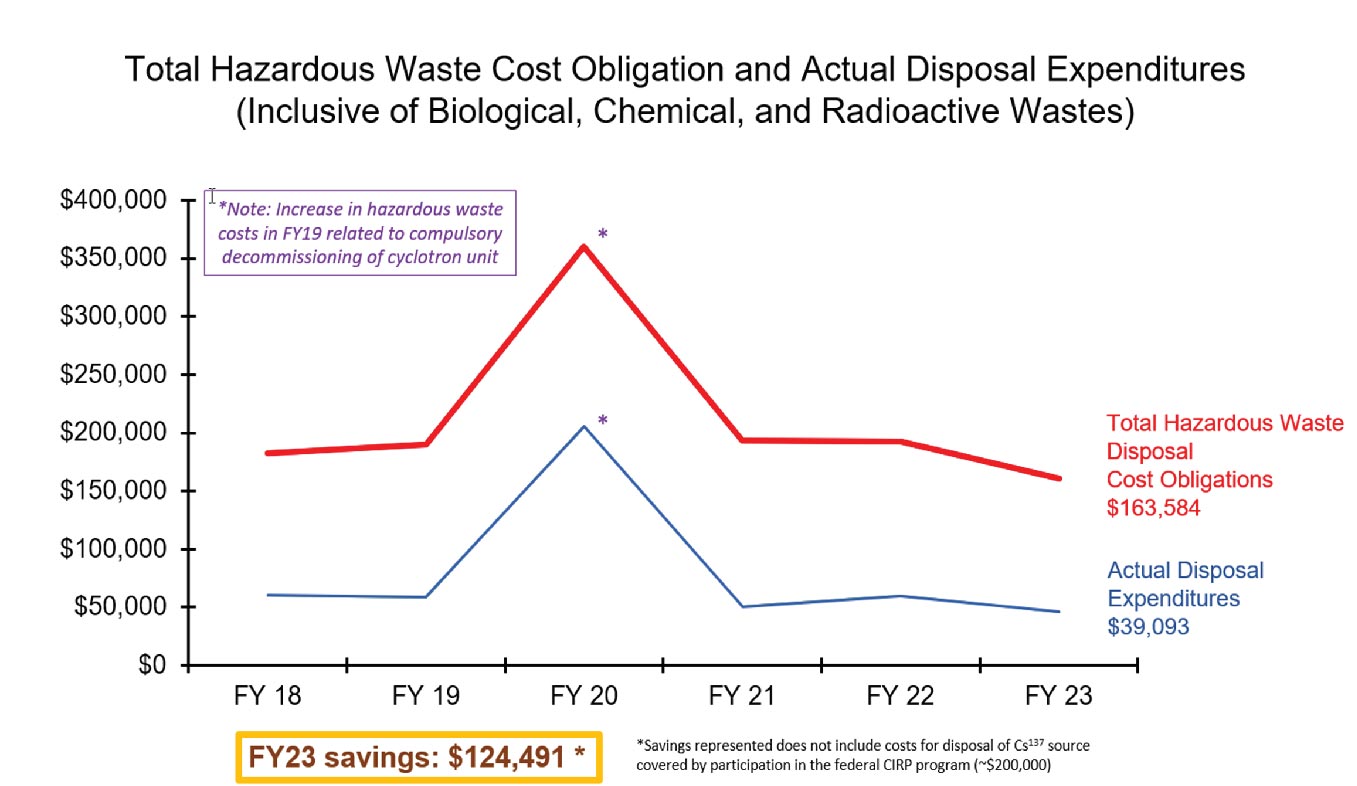
Finally, optimized waste processing streams to minimize quantity prior to disposal. FY 2023 waste minimization efforts resulted in a disposal cost reduction of $124,491.
Green Roof at School of Public Health
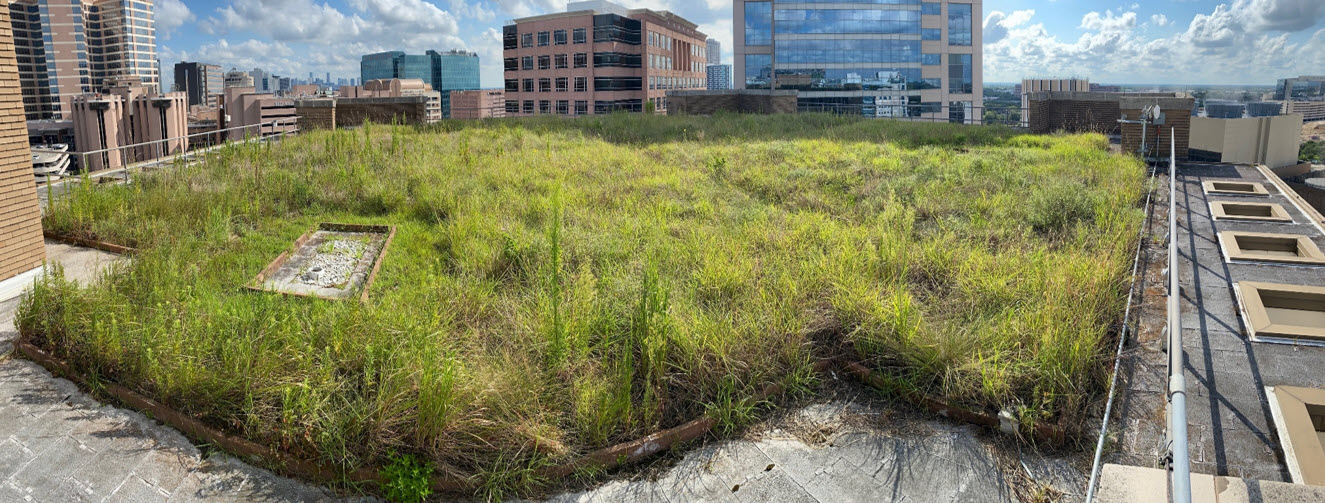
On the East Tower at SPH lives a green roof filled with native plants of the area to help reduce storm water runoff and reduce energy cost. The West Tower at SPH has the traditional roof so data can be gathered on comparing the roofs of the 2 towers. While data is still being gathered by UTHealth Houston, research from Penn State's Center of Green Roof Research in the Department of Plant Science shows that a 3.5 to 4" deep green roof in Central Pennsylvania can retain approximately 50 to 60% of the annual rainfall. Additionally, a green roof can reduce peak run off rates and delay run off from storms acting as a roof top retention basin for effective storm water management.
Further data from Penn State also illustrates that evapotranspiration from green roof plants and media cools the roof surface. To illustrate, on a 90°F day the materials from a traditional roof reached 145°F verses 82°F from the plants of a green roof. Penn State saw a 10% reduction in energy use from traditional flat black roofs during the month of August in the study.
More information from the Center for Green Roof Research at Penn State can be found at https://plantscience.psu.edu/research/centers/green-roof/research/stormwater/stormwater-quantity and https://plantscience.psu.edu/research/centers/green-roof/research/other-research/air-conditioning


